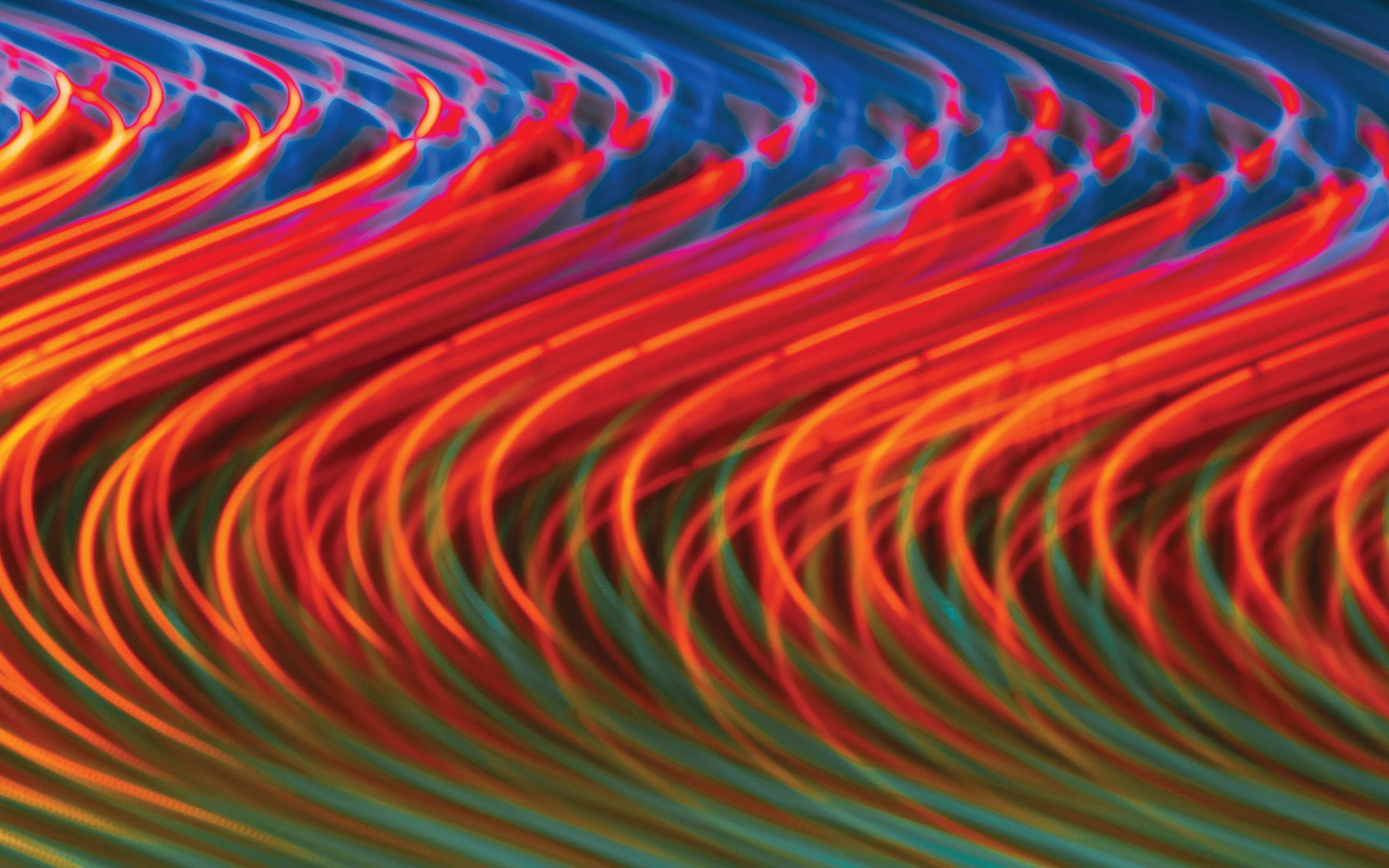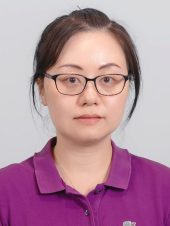In today’s digitalised world, screens and communication systems are as essential to daily life as roads and plumbing. As demand grows for sharper displays and more secure data, so does the need for powerful and efficient light sources. While most systems today make use of light emitting diodes (LED) for a range of visual, sensory and signalling applications, scientists are looking at novel nanomaterials to reshape how tomorrow’s technologies harness light.
Perovskite quantum dots (PQDs) are among the most promising of these materials. “Though thousands of times smaller than a human hair, PQDs can shine with incredibly bright and pure colours at room temperature,” said Zhaogang Dong, a Principal Scientist at the A*STAR Institute of Materials Research and Engineering (A*STAR IMRE) and A*STAR Quantum Innovation Centre (A*STAR Q.InC).
Dong added that while PQDs are also inexpensive and easy to make—handy for large-scale use in ultrasharp TV screens, super-secure communications, highly sensitive detectors and other cutting-edge applications—one major technical challenge has been the dynamic control of PQD light output at room temperature.
To build on previous work (here and here) that used nanometre-sized arrays of optical ‘antennae’ to control the direction and colour of PQD emissions, Dong and A*STAR IMRE colleagues including Scientist Yan Liu teamed up with researchers from the Singapore University of Technology and Design; National University of Singapore; University of Southern Denmark; and University of Birmingham, UK. In a recent study, the team investigated a new PQD design: a nanoarray of patterned antimony telluride (Sb₂Te₃) antennae with integrated PQDs, designed to harness an optical phenomenon known as surface-enhanced Landau damping.
“We found that when light hits patterned Sb₂Te₃, it excites waves of electrons on the material’s surface that produce extremely energetic ‘hot’ electrons and holes,” explained Dong. “These hot electrons are then injected into nearby PQDs, shifting the colour of light they emit. This dramatic change can be switched on or off by transforming Sb₂Te₃’s phase between a disordered form and a neatly ordered crystal form.”
The team fabricated a prototype Sb₂Te₃-PQD nanoarray to test their theories. They found that their device could not only shift light emission energy by 570 meV, but also enhance the intensity of emitted light up to 22-fold through adjustments in the applied electrical voltage bias.
“Our approach transforms PQDs from static light sources into electrically tuneable and reconfigurable platforms by coupling them with phase-changing Sb₂Te₃ nanostructures that enhance Landau damping,” said Liu. “This opens the door to highly versatile, non-volatile, tuneable quantum light sources for next-generation applications such as on-chip photonics, where control of light’s colour, direction and polarisation at the nanoscale is critical.”
The team is now focusing on refining their materials and nanostructures to improve their reliability under real-world conditions. “We envision that compact single-photon emitter devices based on our work could be integrated onto satellites for secure communications,” Dong added.
The A*STAR-affiliated researchers contributing to this research are from the A*STAR Institute of Materials Research and Engineering (A*STAR IMRE) and A*STAR Quantum Innovation Centre (A*STAR Q.InC).







